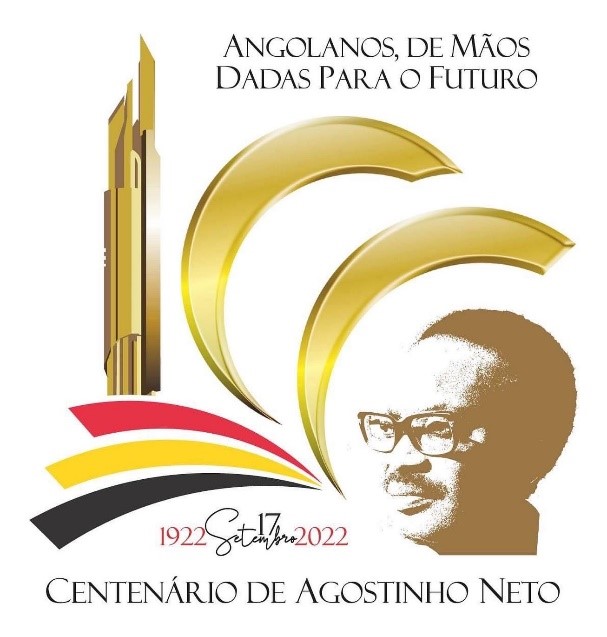Oil and Diamonds
According to an Angolan official, oil “is a wealth that serves the population.” The country currently produces 630,000 barrels per day, with the potential to increase to 700,000 shortly.
Despite the abundance of oil resources and the prospect of increased extraction, as a result of the country’s high financial risk, approximately one-third of production is typically committed to guarantee short- and medium-term credits.
With the resumption of the armed conflict in 1992, the sector suffered a loss of more than $500 million. The recovery of some infrastructures and the resumption of production is expected to take six months to a year, respectively. It is estimated that an investment of around $250 million will be required just to replace Soyo’s oil facilities.
Oil sales continue to predominate in terms of exports (96.5% of a total of 3 billion dollars). However, according to a Bank of Portugal analysis, the increase in production volume was not fully reflected in terms of value due to the drop in the international price of crude, so the oil sector’s revenues remained far below the peak reached in 1990. (3,600 million dollars).
Sonangol, the Angolan oil company, sold 16.9 million barrels of oil worth US$271.4 million in the third quarter of 1994. Sales to the United States reached close to 300,000 barrels per day in the first half of the year, a 10% decrease from the same period in 1993. Angola was the eighth-largest supplier of oil to that country at the time, accounting for 4% of total purchases (source: B. I. Portugal-Angola Convergências). The sector accounts for roughly 90% of the Gross Domestic Product (GDP).
To encourage oil companies operating in Angola to make more investments, the government will implement new tax concessions and exemptions on the export of refined products. As a potential producer, the exiguous refining capacity is currently 35 thousand barrels per day. The perspectives include the debate and formulation of a new refining policy, which must account for the construction of a new refinery. To that end, the authorities are studying domestic consumption as well as the external market, both regionally and in Africa, in general. In the context of the countries of the southern region of the African continent, Angola presents itself as the only oil producer, consequently having the role of coordinator of the SADC energy sector.
Diamonds are the country’s second-largest foreign exchange source. New legislation is in force, covering the scope and concession of mining rights, foreign investment in the diamond sector, artisanal production, marketing, control of people and goods in diamond areas, and diamond trafficking. The law establishes “reserve zones” in which exploration projects will be concentrated.
Other resources available in the country include iron, copper, gold, lead, zinc, manganese, wolfram, molybdenum, uranium, phosphates, sulfur, marble, and asphalt.





